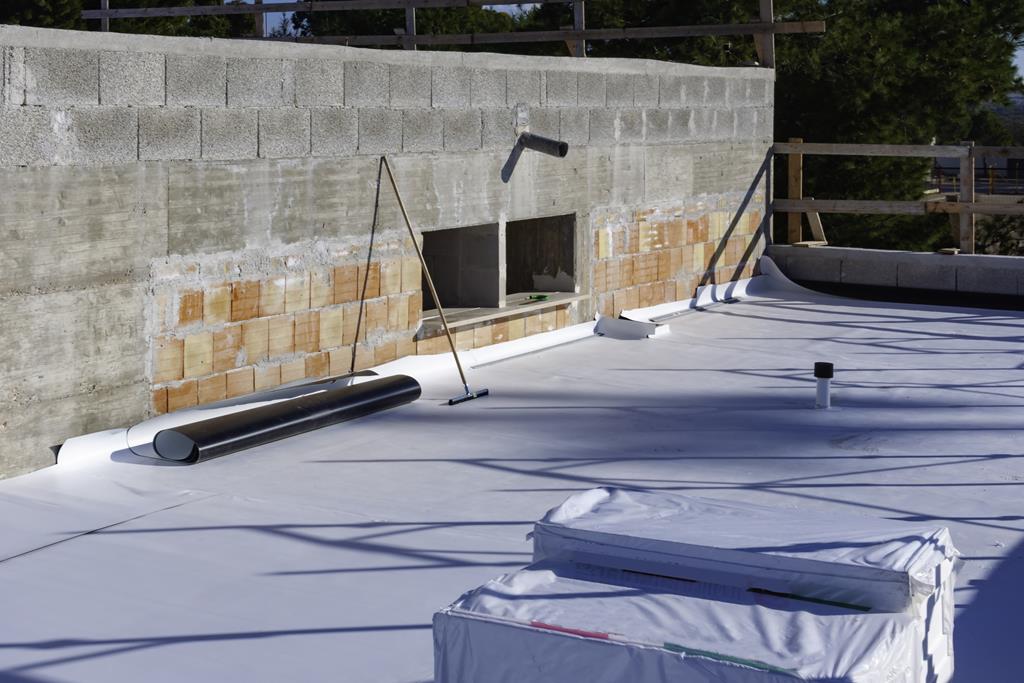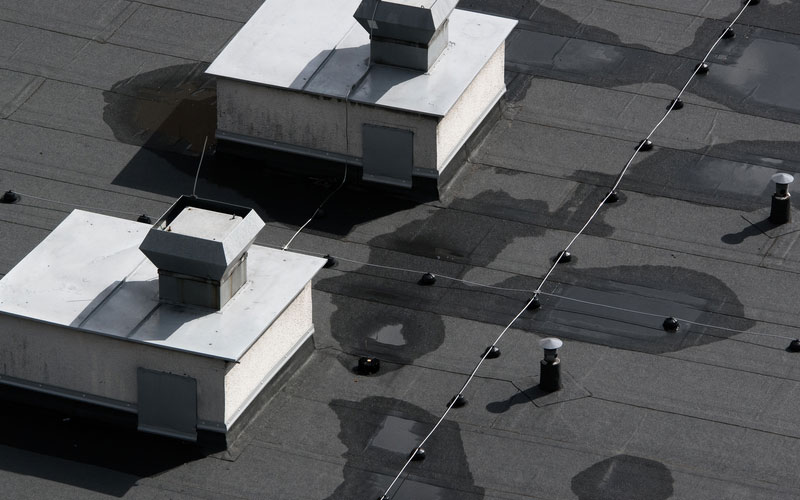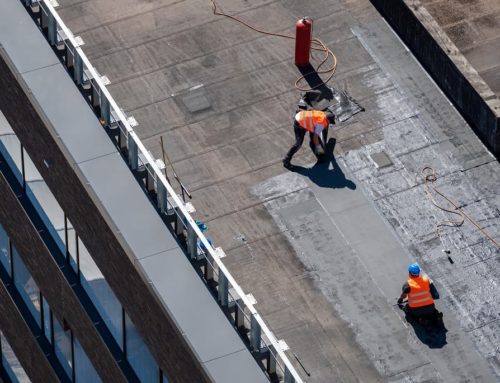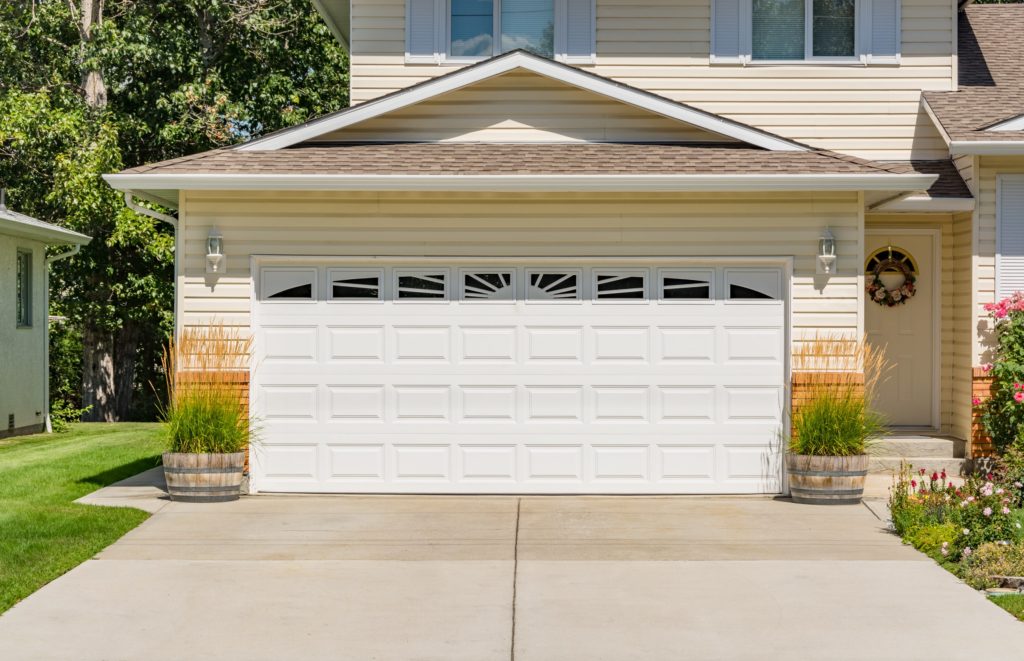Advantages of Modified Bitumen Roofing: A Comprehensive Review
When it comes to roofing solutions, modified bitumen roofing stands out as a top choice for both residential and commercial buildings. Are you currently exploring the best materials for your new roof or looking to replace an old one? Understanding the benefits of modified bitumen could be a game-changer in your decision-making process. This blog post will take you through the ins and outs of modified bitumen roofing, showcasing its advantages, comparing it with other materials, and providing practical tips to extend its lifespan.
What is Modified Bitumen Roofing?
Modified bitumen roofing is a type of asphalt-based roofing system that has been modified with polymer additives. These additives significantly enhance the material’s durability, flexibility, and resistance to extreme weather conditions, making it a popular choice for buildings in areas with harsh climates. The most commonly used polymers in modified bitumen include APP (atactic polypropylene) and SBS (styrene-butadiene-styrene). APP enhances the roofing material’s resistance to UV rays and oxidation, while SBS improves its flexibility, especially in cold temperatures.
This roofing material comes in rolls or sheets that are typically around 3 feet wide and up to 33 feet long. Installation methods can vary, with some systems being applied with a torch, while others use cold adhesives or self-adhering systems. Modified bitumen roofing can also include a granule surface for added protection and aesthetic appeal. Overall, this roofing system offers a reliable and long-lasting solution for a variety of commercial and residential applications.

Modified Bitumen Roofing
Advantages of Modified Bitumen Roofing
Modified bitumen roofing comes with numerous advantages that make it an excellent choice for both residential and commercial buildings. Here are some key benefits:
Durability
Modified bitumen roofing is incredibly durable, capable of withstanding extreme weather conditions such as high winds, heavy rains, and intense UV radiation. The polymer additives enhance the material’s strength and longevity, ensuring a long-lasting roof.
Flexibility
One of the standout features of modified bitumen is its flexibility. Whether exposed to the coldest winters or the hottest summers, this roofing material remains pliable, reducing the risk of cracks and leaks.
Ease of Installation
The installation process for modified bitumen roofing can be quicker and less labor-intensive compared to other roofing types. With options for torch application, cold adhesives, and self-adhering methods, property owners and contractors can choose the best installation method suited to their needs.
Energy Efficiency
Many modified bitumen roofing systems come with reflective coatings or granule surfaces that help to deflect the sun’s radiant heat. This can lead to significant energy savings by reducing cooling costs during hot weather.
Low Maintenance
Once installed, modified bitumen roofing requires minimal maintenance. Regular inspections and minor repairs can keep the roof in excellent condition for decades, providing peace of mind to property owners.
Aesthetic Appeal
Modified bitumen roofing offers a range of options in terms of colors and finishes, allowing homeowners and building owners to choose a look that complements the aesthetics of their property. The addition of granule surfaces can further enhance the appearance and add an extra layer of protection.
In summary, modified bitumen roofing offers a robust, flexible, and efficient solution for a wide variety of building applications, making it a top contender for anyone in need of a new or replacement roof.
Modified Bitumen vs. Other Roofing Materials
When comparing modified bitumen roofing to other common roofing materials, several key factors come into play, including durability, flexibility, installation process, and overall cost. Here’s a closer look at how modified bitumen stacks up against other popular options:
Asphalt Shingles
Durability: While asphalt shingles are widely used, they don’t offer the same level of durability as modified bitumen. Shingles are more prone to damage from extreme weather and may need frequent replacements.
Flexibility: Asphalt shingles are relatively rigid compared to the pliable nature of modified bitumen, making them more susceptible to cracking, especially in fluctuating temperatures.
Installation: Installation of asphalt shingles generally requires more labor and expertise, whereas modified bitumen can be installed using various methods that can be quicker and less labor-intensive.
Single-Ply Membranes (EPDM, TPO, PVC)
Durability: Single-ply membranes like EPDM, TPO, and PVC have their advantages, but they don’t match the robustness of modified bitumen. TPO and PVC offer good resistance to UV rays; however, they can be punctured more easily than modified bitumen.
Flexibility: While EPDM is known for its flexibility, modified bitumen still maintains greater pliability during extreme weather conditions, reducing the likelihood of damage.
Installation: Single-ply membranes often require specialized tools and installation techniques, which can increase costs and complexity. Modified bitumen provides multiple installation options catering to various needs and budgets.

Modified Bitumen Roofing
Metal Roofing
Durability: Metal roofing is highly durable and can last for decades, but it can be more susceptible to denting from hail or debris when compared to modified bitumen.
Flexibility: Metal roofing lacks the flexibility of modified bitumen and might expand or contract significantly with temperature changes, potentially leading to issues over time.
Installation: Metal roofing installation involves precise measurements, specialized tools, and meticulous craftsmanship, making it a more intensive process than installing modified bitumen.
Built-Up Roofing (BUR)
Durability: Built-up roofing systems are known for their durability, but they can be more cumbersome and less adaptable to building movements compared to modified bitumen.
Flexibility: Modified bitumen outperforms BUR in terms of flexibility, providing better resistance to cracking and damage.
Installation: BUR systems require multiple layers and hot asphalt during installation, which can be more complex and labor-intensive than the various installation methods available for modified bitumen.
Ultimately, modified bitumen roofing offers a balanced combination of durability, flexibility, ease of installation, and cost-effectiveness, making it a versatile choice for a wide range of roofing needs. By understanding these comparisons, property owners can make an informed decision that aligns best with their specific requirements and conditions.
Practical Tips for Extending the Lifespan of Modified Bitumen Roofing
Ensuring the longevity of modified bitumen roofing involves regular maintenance and proactive care. Here are some practical tips to help extend the lifespan of this versatile roofing material:
- Regular Inspections: Conduct regular inspections, at least twice a year, to identify any signs of damage or wear. Pay close attention to seams, edges, and any areas where water may pool.
- Prompt Repairs: Address any damages or leaks immediately. Small cracks or tears can be repaired quickly before they develop into larger, more costly issues.
- Clean Debris: Keep the roof clean from debris such as leaves, branches, and dirt. Debris can trap moisture, leading to mould growth and deterioration of the roofing material.
- Maintain Drainage Systems: Ensure that gutters, downspouts, and other drainage systems are clear and functioning properly. Efficient water drainage prevents water accumulation and potential damage.
- Apply Protective Coatings: Consider applying a reflective or protective coating to the roofing surface. These coatings can help protect against UV damage and reduce heat absorption, which can prolong the roof’s lifespan.
- Monitor for Algae and Moss: Keep an eye out for algae or moss growth, which can retain moisture and cause deterioration. Use appropriate cleaning methods or treatments to remove any growth.
- Seasonal Maintenance: Before winter and summer, conduct thorough checks to ensure the roof is prepared for extreme weather. Ensure there are no vulnerable spots that could worsen under harsh conditions.
- Professional Maintenance: Hire roofing professionals for periodic maintenance. They can provide expert assessments and perform necessary upkeep to extend the roof’s service life.
By following these practical tips, property owners can ensure their modified bitumen roofing remains in excellent condition for many years, maximizing their investment and maintaining the safety and integrity of their buildings.
Common Issues and How to Address Them
Even with the best care, modified bitumen roofing can encounter issues that require attention. Here are some common problems and how to effectively address them:
Cracks and Splits
Issue: Over time, exposure to fluctuating temperatures and UV rays can cause the roofing material to crack or split.
Solution: Regularly inspect the roof for visible cracks. Small cracks can be repaired with roofing cement or patching kits designed for modified bitumen. For extensive damage, it is best to consult a professional roofer who can assess and repair or replace the affected sections.
Blisters and Bubbles
Issue: Blisters or bubbles can form when air or moisture gets trapped under the roofing layers.
Solution: It’s crucial to address this issue promptly to prevent further deterioration. Small blisters can be carefully punctured and resealed with roofing cement. For larger blisters, professional assessment and repair are advisable to ensure the integrity of the roof isn’t compromised.
Ponding Water
Issue: Water accumulation or “ponding” on the roof surface can lead to leaks and material degradation.
Solution: Ensure proper drainage by regularly cleaning gutters and downspouts. If ponding persists, identifying and correcting the root cause—such as improper roof slope or clogged drainage systems—is essential. Installing additional drains or using tapered insulation can also assist in improving water runoff.
UV Damage
Issue: Prolonged UV exposure can weaken the roofing material, leading to brittleness and eventual failure.
Solution: Applying a UV protective coating can significantly extend the roof’s lifespan by reflecting harmful rays. Regular reapplication as recommended by the manufacturer will keep the protective barrier effective.
Seam Failures
Issue: Seams between roofing sheets can become separated due to weather conditions or poor installation.
Solution: Conduct regular checks of all seams and reapply seam adhesive or roofing cement as needed. For extensive seam issues, professional repair is recommended to ensure a watertight seal.
Growth of Moss and Algae
Issue: Moss and algae can grow on the roof surface, particularly in moist environments, leading to moisture retention and structural damage.
Solution: Regular cleaning and the use of algaecides can prevent and remove moss and algae growth. Ensuring the roof is clear of debris and has proper drainage can also mitigate this problem.
Flashing Issues
Issue: Flashing around roof penetrations, such as chimneys or vents, can become loose or damaged, leading to leaks.
Solution: Inspect flashing during regular maintenance checks and secure or replace any loose or damaged sections promptly. High-quality sealants can be used to reinforce flashing edges.
By understanding and addressing these common issues, property owners can maintain their modified bitumen roofing in optimal condition, ensuring a longer lifespan and reduced repair costs over time.

Modified Bitumen Roofing
Installation Process: DIY or Hire a Professional?
When it comes to installing modified bitumen roofing, property owners have the choice between undertaking the task themselves (DIY) or hiring a professional roofing contractor. Each option has its advantages and considerations.
DIY Installation
For those with experience in roofing or a strong penchant for DIY projects, installing modified bitumen roofing can be a rewarding challenge. Here are some benefits and points to consider:
Advantages:
- Cost Savings: By doing it yourself, you can potentially save on labor costs, which can be a significant portion of the overall expense.
- Control: You have full control over the materials used and the pace of the project.
Considerations:
- Skill Level: Modified bitumen roofing installation requires specific skills and knowledge. Ensure you are comfortable with techniques like torch application, cold adhesive, or self-adhering methods.
- Safety Risks: Roofing work involves heights and the use of specialized equipment, which can pose safety risks if not handled properly. Ensure you have the necessary safety gear and knowledge.
- Time and Effort: DIY installation can be time-consuming and labor-intensive. Be prepared to invest a sufficient amount of time and physical effort into the project.
Hiring a Professional
Engaging a professional roofing contractor is a popular choice for many property owners due to the complexities involved in installing modified bitumen roofing.
Advantages:
- Expertise: Professional roofers possess the skills and experience required for a high-quality installation. They are familiar with best practices and have the necessary tools for the job.
- Safety: Experienced professionals follow stringent safety protocols, reducing the risk of accidents and injuries during installation.
- Warranty: Many professional installations come with a warranty, offering peace of mind and protection against future issues related to the installation.
Considerations:
- Cost: Hiring a professional can be more expensive due to labor charges, but it may save money in the long run by avoiding costly mistakes.
- Contractor Selection: Take the time to research and select a reputable contractor. Check reviews, ask for references, and ensure they are licensed and insured.
In conclusion, whether you choose to install modified bitumen roofing yourself or hire a professional, it’s important to weigh the pros and cons of each option. Assess your skill level, available time, budget, and personal preference to make an informed decision that ensures a durable and effective roofing solution for your property.
Conclusion
Modified bitumen roofing is a popular and effective option for flat or low-sloped roofs. It offers durability, flexibility, and ease of maintenance, making it a cost-effective choice for property owners. However, like any roofing material, it is not immune to issues and requires regular maintenance to maximize its lifespan. By understanding common problems and proper installation methods, property owners can ensure their modified bitumen roofing remains in optimal condition. Whether opting for a DIY approach or hiring a professional contractor, carefully considering the advantages and considerations of each option will help achieve a successful and long-lasting roof.
https://www.google.com/maps?cid=465871782046421571




